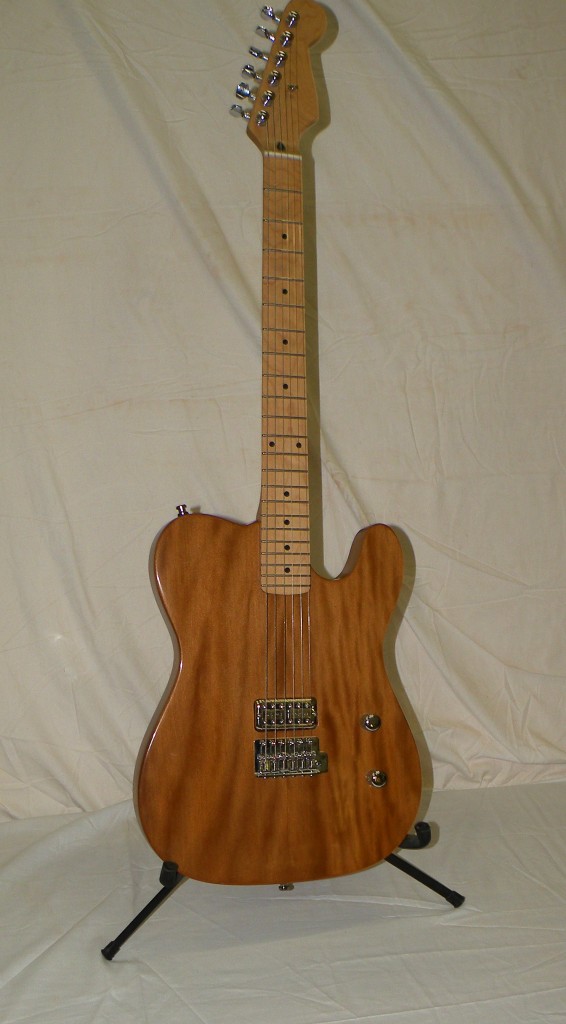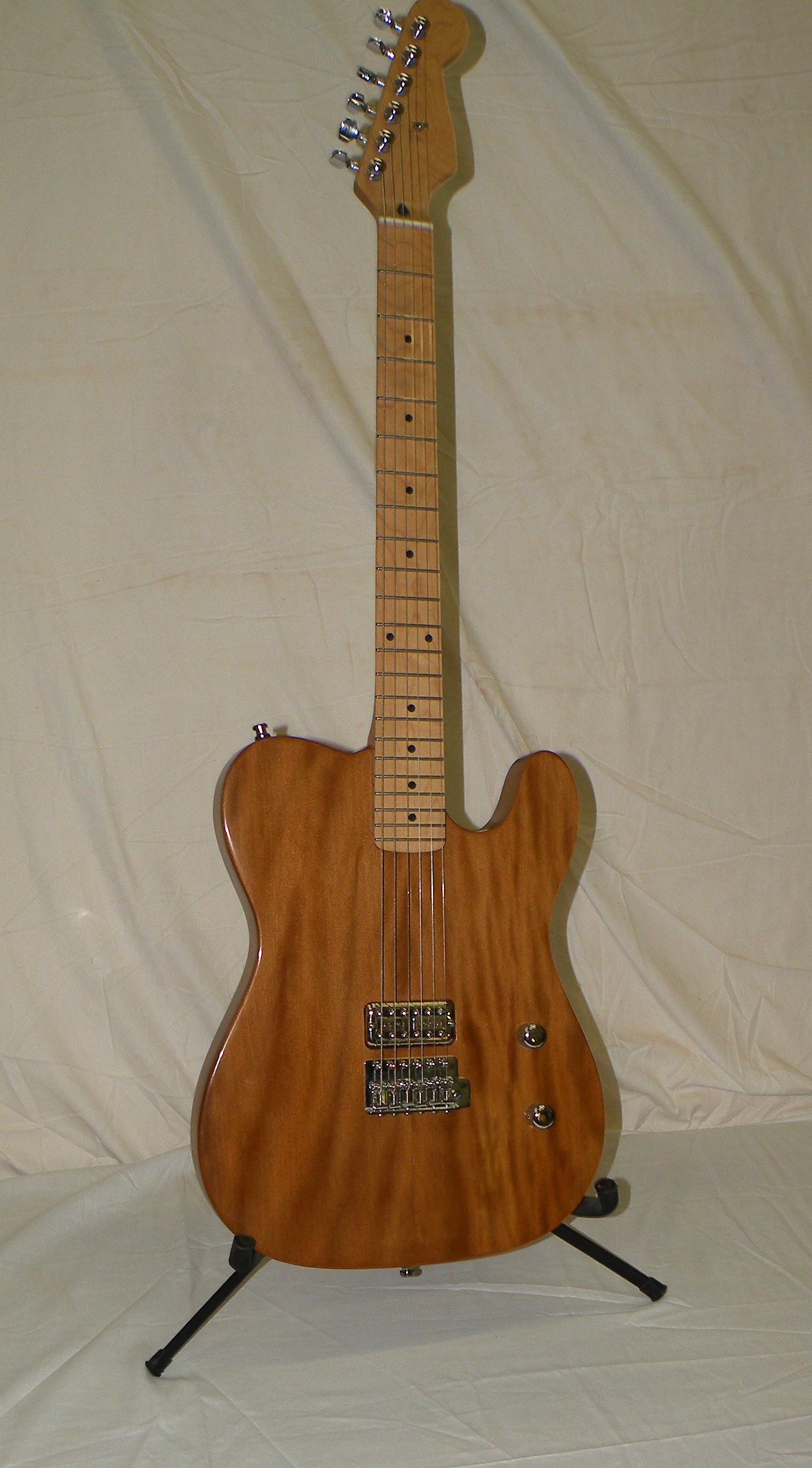 This is a guest post by Jordan Grunow of Ancientwood LTD
This is a guest post by Jordan Grunow of Ancientwood LTD
This is an interesting time for tone woods in lutherie. Environmental, political and price considerations, as well as good old curiosity are causing a resurgence in alternative tone woods.
Conifer trees, i.e. softwoods, are rightfully claiming their place in the new paradigm.
It is worth remembering that the first Telecaster prototype was built with a pine body. Indeed, the Squier line’s “Vintage Vibe” series is a good showroom example of what conifers can bring to the party. A/B comparisons between Ash, Alder and Pine bodied Tele’s are fun and easy. The exercise is valuable sonic training for any guitar player. After market bodies are becoming available as well.
High end builders are enjoying the use of soft woods as well. Solid Spruce, Redwood and Cedar bodied guitars respond very well to both magnetic and under saddle pick up systems.
My own fascination with soft wood construction began with my tenure as Director of tone wood sales at Ancientwood LTD. We import 50,000 year old Kauri from New Zealand, the oldest workable wood available. It is in the Pine family and still grows today. In New Zealand, it is a protected species. To understand the capabilities of the product, it was necessary to build a couple test instruments.
Being a tele guy, the simplicity of design and ease of construction made the choice easy. I also happen to have a great G&L Swamp Ash example to compare to. To make the comparison as scientific as possible, I should have used a similar pick up system. The fact that most of the bars I play in have dubious AC caused me to go to a stock filter tron for a sense of twang and air with quieter performance. Well?
The G&L remains one of my favorite all time guitars. It’s the first guitar I wore the frets out in under 5 years. It has all the “pop” and “air” that Swamp Ash is famous for. The Kauri guitar not only has great flame figure, but presents a vastly bigger voice. There is a profound low midrange punch with a more solid initial attack. For fronting a rock trio, it is a much more satisfying tone. The Kauri guitar fills more space in the mix, giving the player access to smaller chord voicing options with outsounding “small”. This is a trait I have found with other conifer species as well. Another way to imagine the tone is similar to the warmth of Basswood but not as “hollow” sounding as a Strat copy I used to play.
Given the success of the first Tele prototype, I wanted to experiment with a different recipe. Thinner guitars, such as Melody Makers, frequently will have less bass content. So how would a conifer, such as Kauri perform in that format? Once again, we collaborated with the great John Gray, our go-to luthier. We concocted a set neck Gibson scale instrument 1 1/4” thick. The result is what can be called a very “live” sounding guitar. The attack is very quick and punchy. Compared to my ’62 Melody Maker, the tone is quite similar but with a bit more “air” and great sustain.
We have received several observations that acoustic guitars with Kauri backs and sides present a similar roundness or heft in the mids. I am not aware of the use of other conifers for backs and sides. Our next collaboration is an 8 string Weissenborn to arrive in early December. As always, it will be intriguing to compare it to similar instruments.
There are also potential environmental aspects to consider. Conifers are generally faster growing than hardwoods so can be regenerated more quickly. There are also ample domestic supplies available, sparing the impact to tropical forests. Our Kauri is reclaimed from peat bogs, so no new trees are felled at all.
This is an interesting time in the evolution of tone woods. High quality stock of “traditional” species are getting harder to find. That, and environmental and political concerns are creating opportunities for all sorts of materials. The answers are not always wooden, either.
So, for players looking to have their parts sit in a mix or compliment other player’s tones or like to own several guitars, investigating conifers is a good place to start.
GuitarToneTalk.com is a participant in the Amazon Services LLC Associates Program, an affiliate advertising program designed to provide a means for sites to earn advertising fees by advertising and linking to Amazon.com
